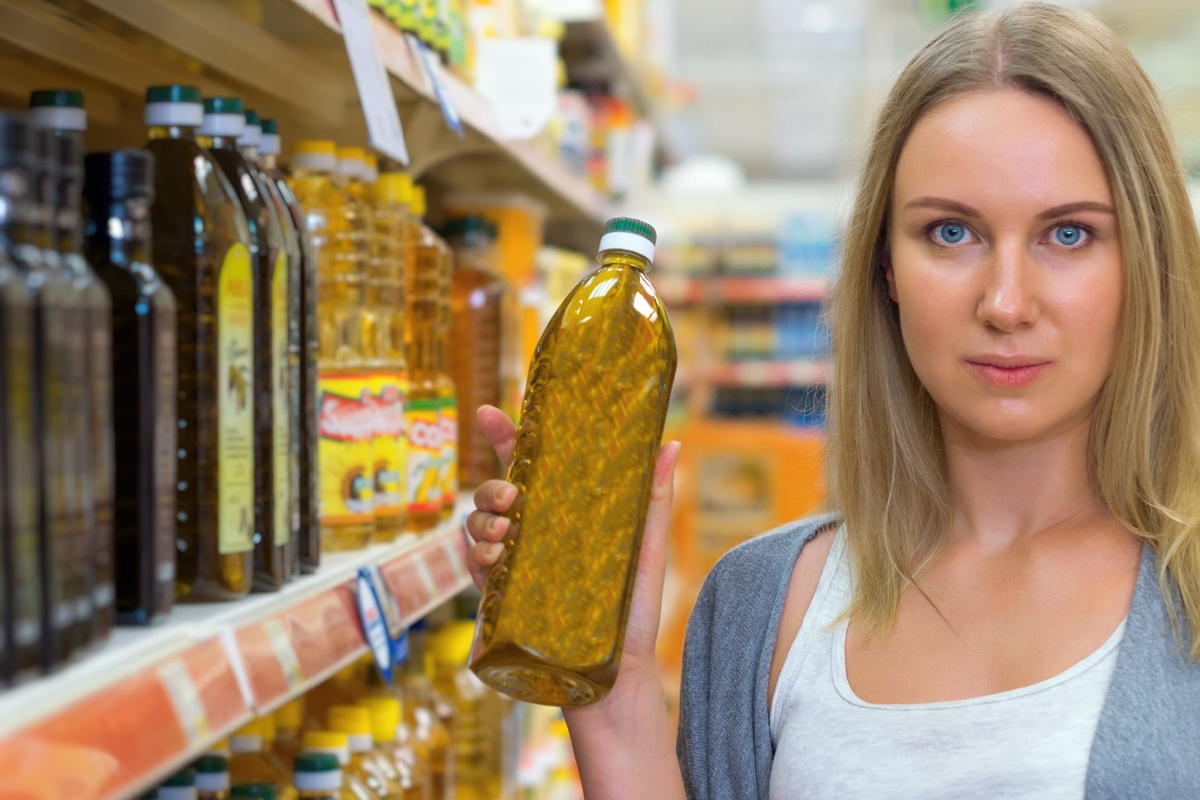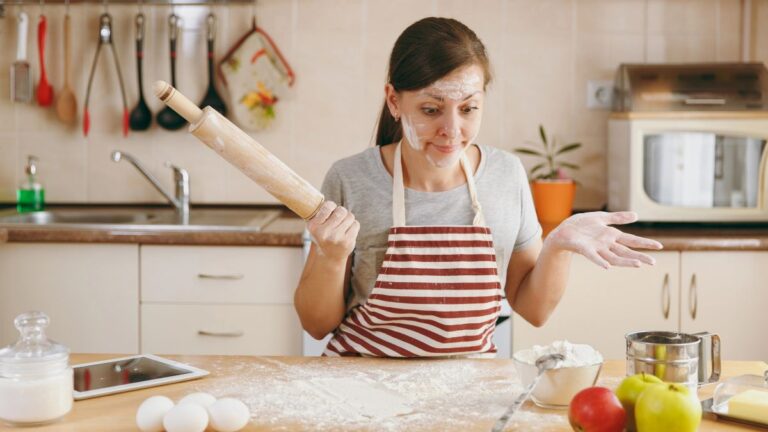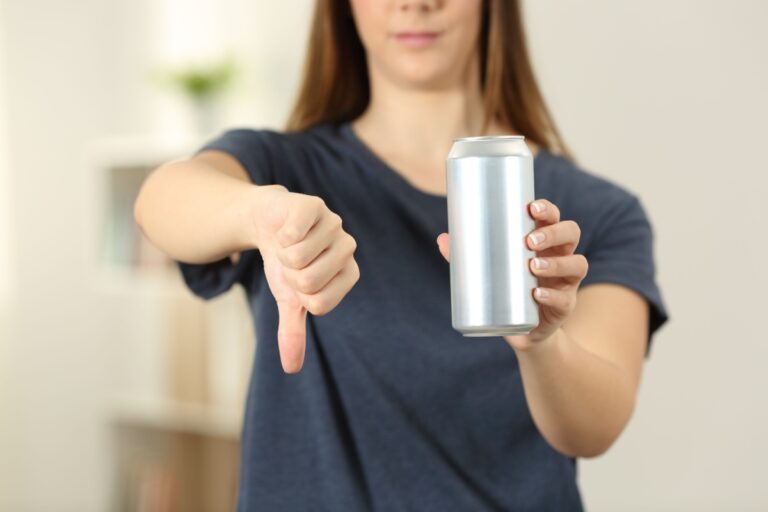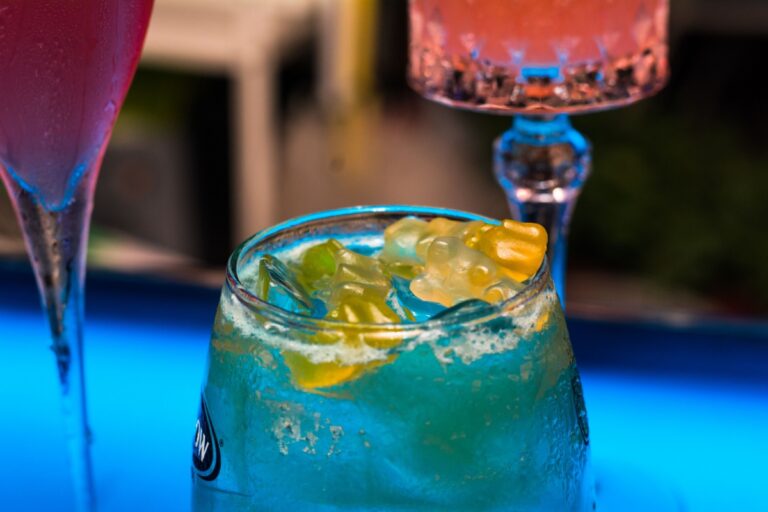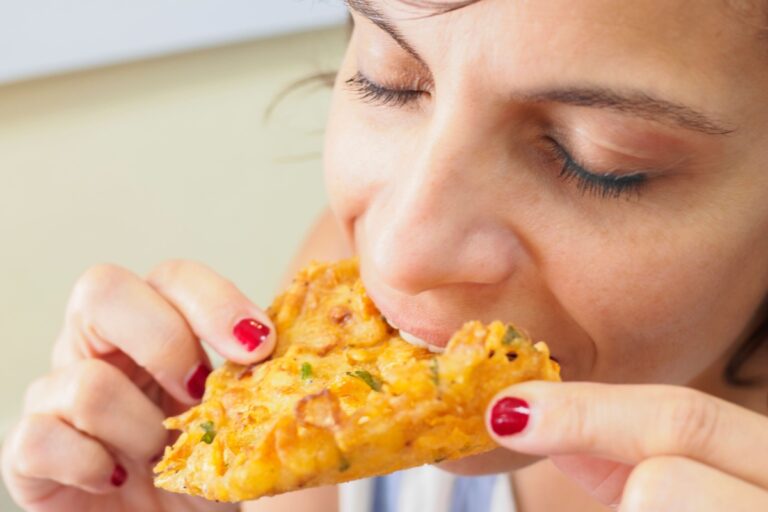Top 15 Counterfeited Foods in the World: Can You Spot the Fakes?
Food fraud is more common than most people realize. Some foods are so valuable or popular that counterfeit versions make their way into markets and stores around the world. Whether it’s due to high demand, limited supply, or simply the desire for profit, these fake foods can be hard to detect and may not be what you think you’re paying for.
Some counterfeited foods are altered or diluted, while others are entirely different products disguised as something more expensive. Here are the most faked foods in the world and what to watch out for.
Olive Oil

Olive oil is one of the most counterfeited products globally. Some producers mix it with cheaper oils like sunflower or soybean oil and still label it as pure extra virgin olive oil. The taste, quality, and health benefits are compromised in these fake versions.
Since real extra virgin olive oil can be pricey, fraudsters capitalize on this by selling diluted or falsely labeled products. To ensure you’re getting the real thing, look for trusted certifications or brands with a good reputation.
Honey

Honey is often faked by diluting it with sugar syrup or other sweeteners. While honey is prized for its natural health benefits, fake versions lose those properties. Some honey may even be mislabeled to hide its origin, such as falsely claiming to be local or organic.
Testing the purity of honey is difficult without a lab, but you can avoid buying counterfeit honey by purchasing from reputable sources and checking the ingredients for any added sugars.
Parmesan Cheese
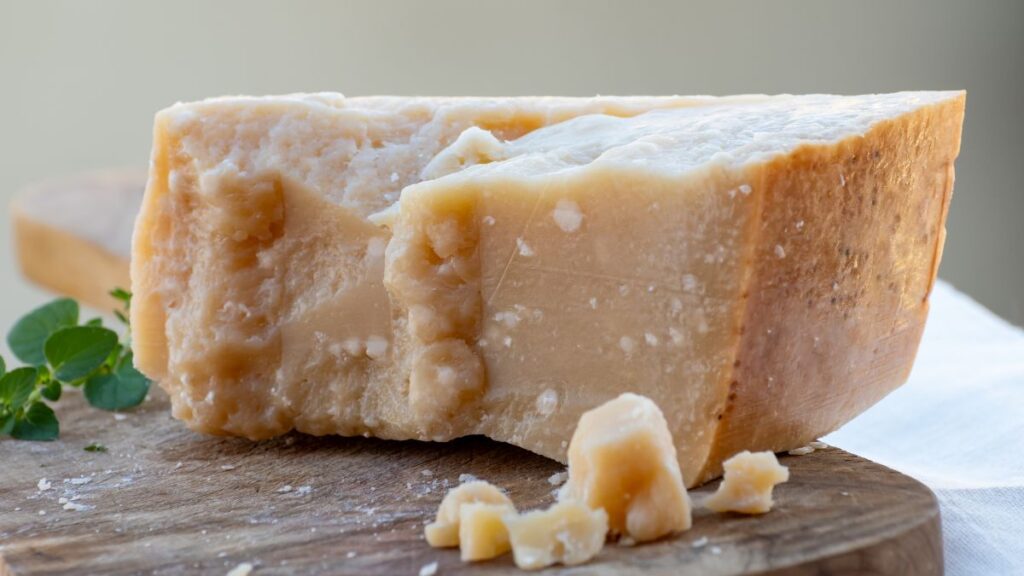
Authentic Parmigiano-Reggiano is one of Italy’s most famous exports, but many fake versions exist around the world. Some companies sell cheaper cheeses labeled as “parmesan,” but they lack the same flavor and texture.
Real Parmigiano-Reggiano must be aged for at least 12 months and comes with a certification that guarantees its authenticity. Be wary of pre-grated cheese products that may not be 100% parmesan, and opt for whole wedges whenever possible.
Fish
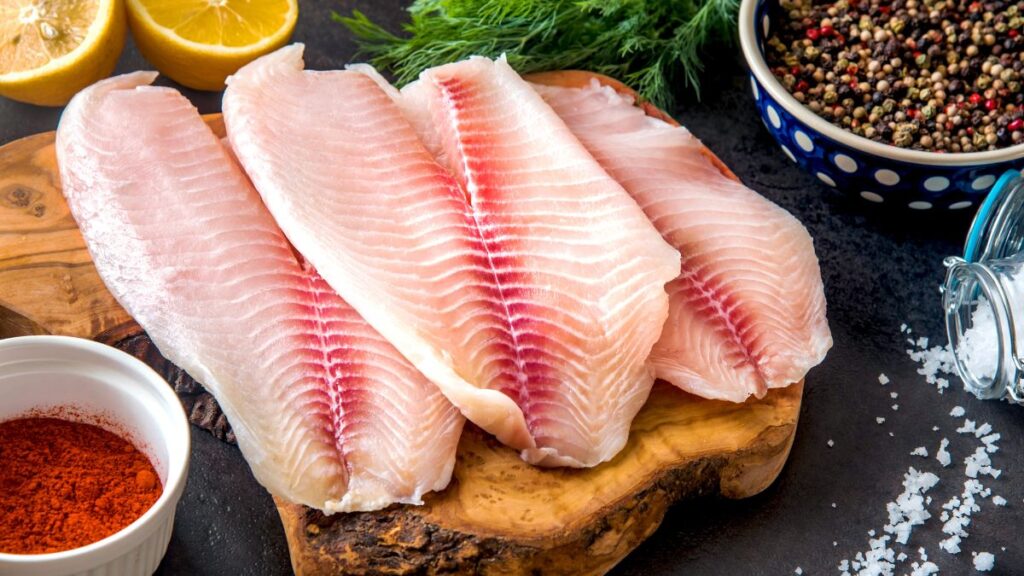
Fish is frequently mislabeled, especially when sold in restaurants or supermarkets. Cheaper fish like tilapia may be passed off as more expensive varieties like red snapper or grouper. This not only deceives consumers but can also pose health risks if certain species are misrepresented.
DNA testing has shown that a significant percentage of seafood is mislabeled. To avoid this, buy from trusted fishmongers and ask about the sourcing of the seafood.
Saffron
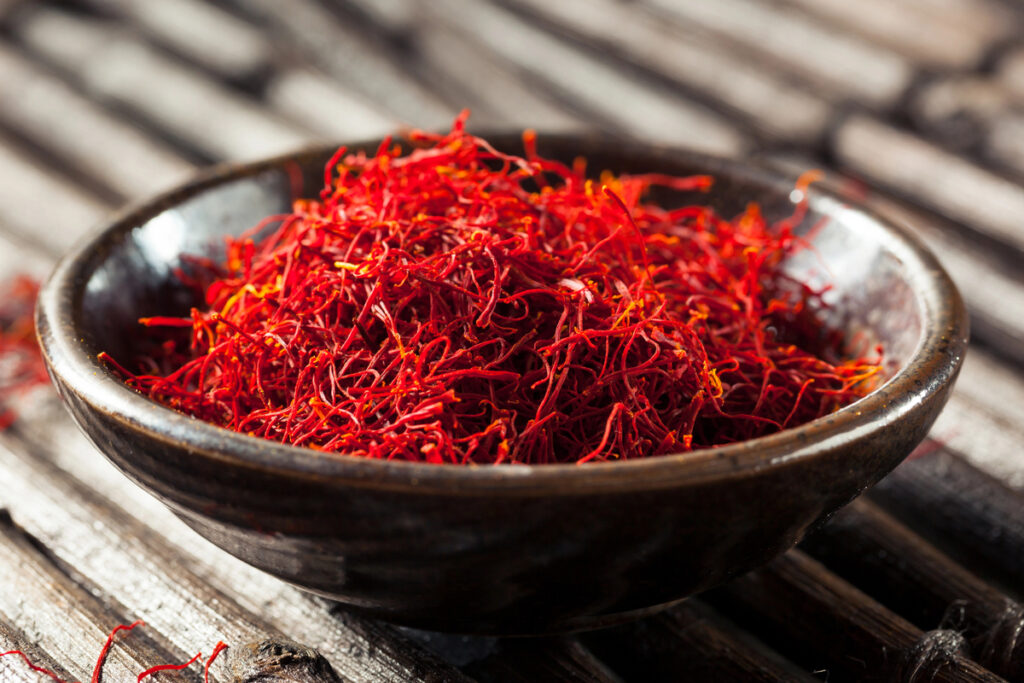
Saffron is the world’s most expensive spice by weight, and it’s often faked to increase profits. Some producers mix real saffron with cheaper, dyed substances like corn silk or turmeric. In some cases, entire batches of saffron are fake, made from colored threads of other plants.
True saffron should have a strong aroma and a deep red color, and it should never dissolve completely in water. Purchasing from reputable sources can help you avoid buying fake saffron.
Truffle Oil
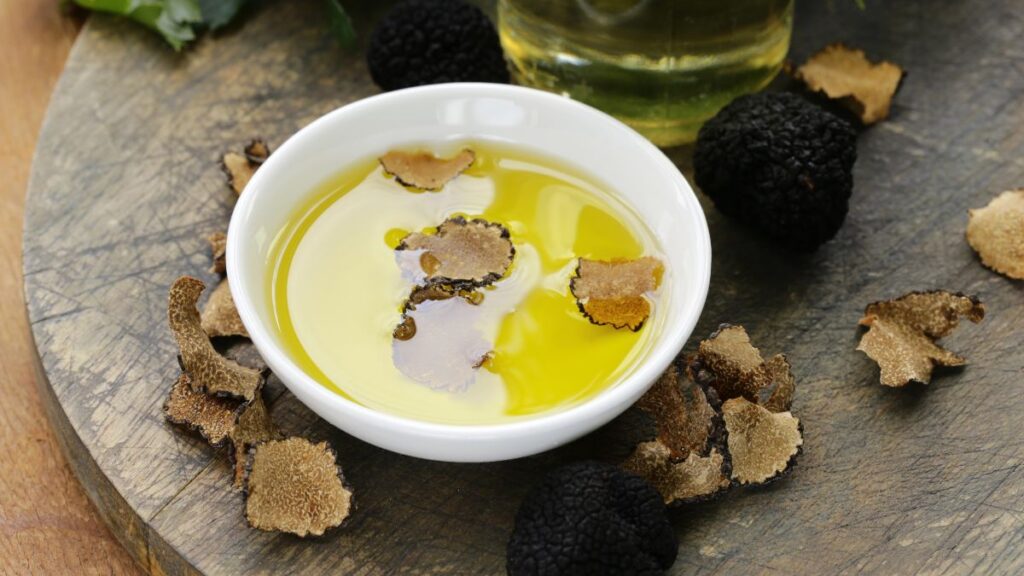
Truffles are a luxury item, but truffle oil often doesn’t contain any real truffle at all. Many truffle oils are made using synthetic compounds that mimic the taste and smell of real truffles. While these oils may have a similar flavor, they lack the depth and complexity of true truffle-infused products.
Genuine truffle oil is expensive and rare, so be cautious when purchasing it. Check the label to see if real truffle is listed as an ingredient.
Vanilla Extract
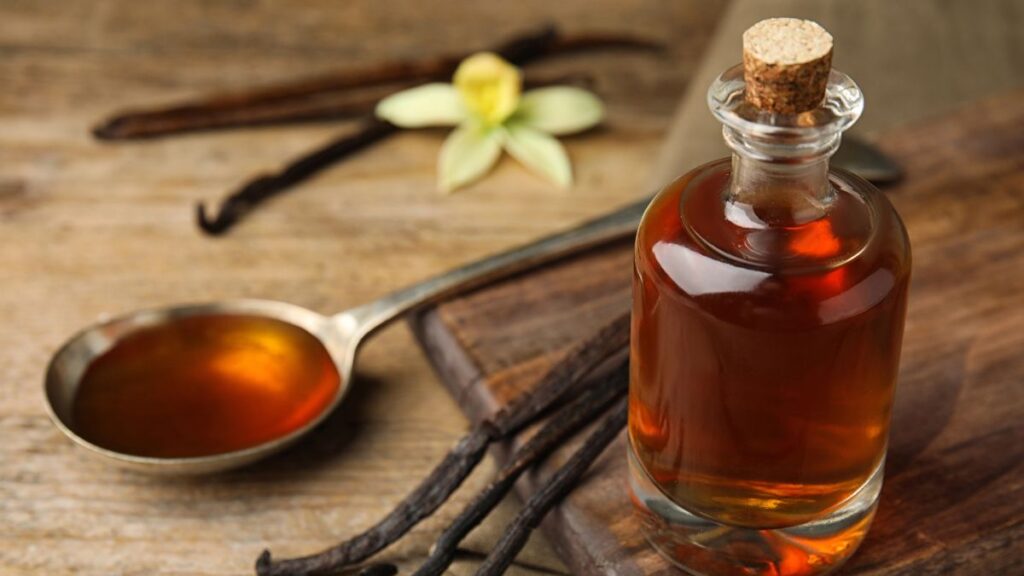
Vanilla extract is another highly faked product. Pure vanilla extract is made from vanilla beans, which are labor-intensive to grow and process, making it expensive. To cut costs, many producers use synthetic vanillin or dilute the extract with alcohol and water.
Fake vanilla may smell similar, but it doesn’t have the same richness and complexity as the real thing. When buying vanilla extract, look for “pure vanilla” on the label and avoid anything labeled as “imitation vanilla.”
Kobe Beef
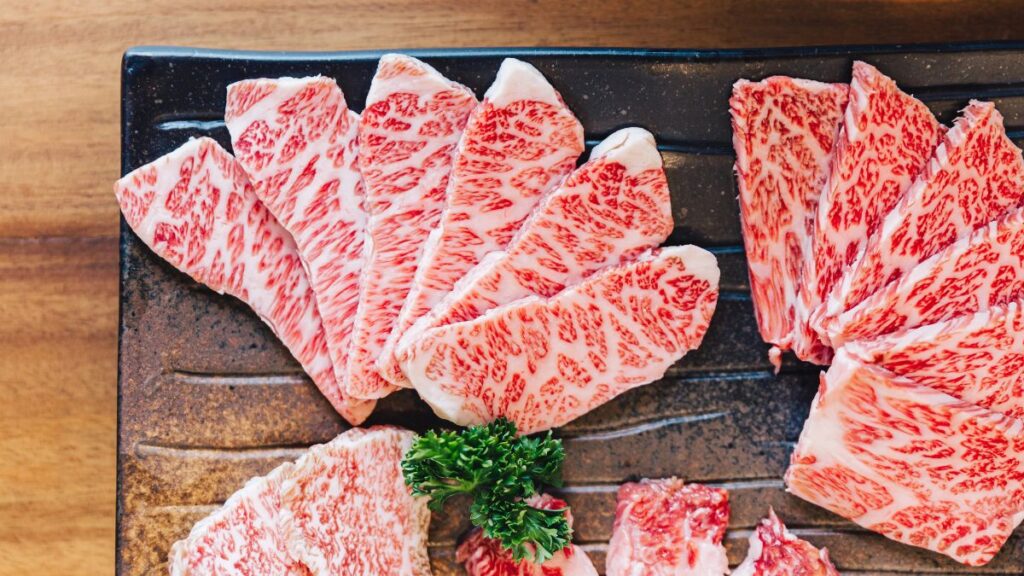
Kobe beef is famous for its marbling and tenderness, but many restaurants falsely claim to serve it. Authentic Kobe beef comes from a specific breed of cattle raised in Japan, and only a small amount is exported.
However, some restaurants serve other types of high-quality beef and call it Kobe to charge higher prices. To ensure you’re getting the real deal, check the restaurant’s certifications or research whether it’s a legitimate supplier of Kobe beef.
Maple Syrup
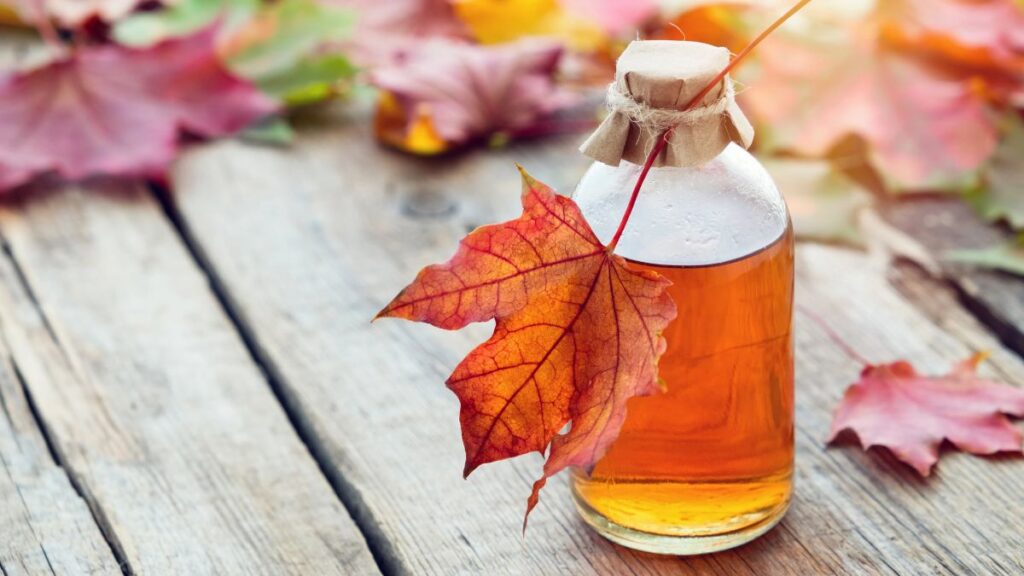
Real maple syrup is made by boiling sap from maple trees, but it’s often faked by using corn syrup with artificial maple flavoring. These cheaper alternatives are sold as “pancake syrup” or under misleading labels that make them appear more authentic.
True maple syrup has a rich, natural sweetness and should only list “pure maple syrup” as the ingredient. Look for Grade A maple syrup and avoid products with added sugars or artificial flavors.
Champagne
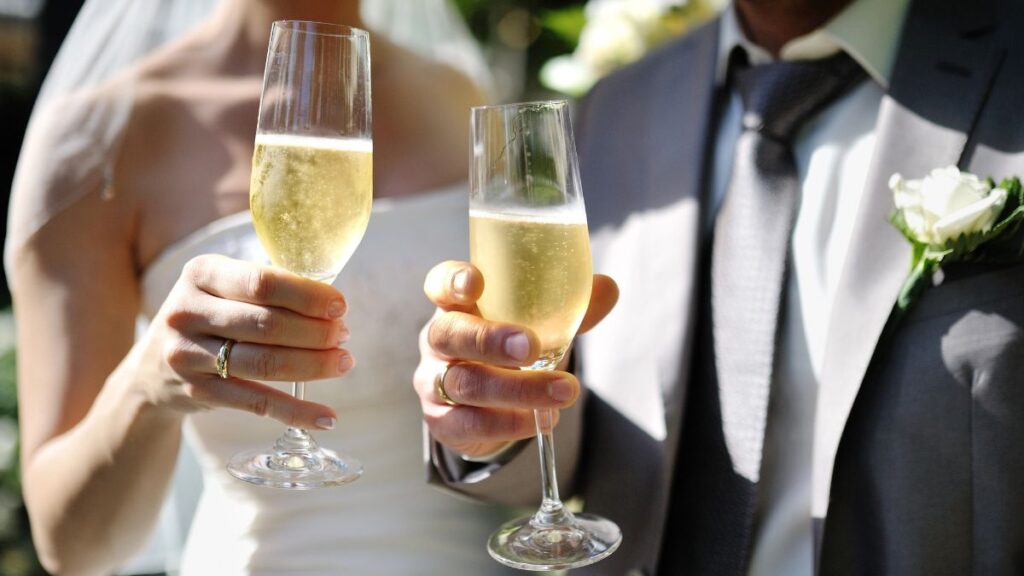
Champagne is a sparkling wine that can only be produced in the Champagne region of France, but many producers use the name “champagne” for sparkling wines made elsewhere. True champagne is crafted using specific methods, which is why it comes with a higher price tag.
Counterfeit champagne is often just sparkling wine with none of the authenticity or craftsmanship. Always check the label to ensure the wine comes from the Champagne region.
Pomegranate Juice
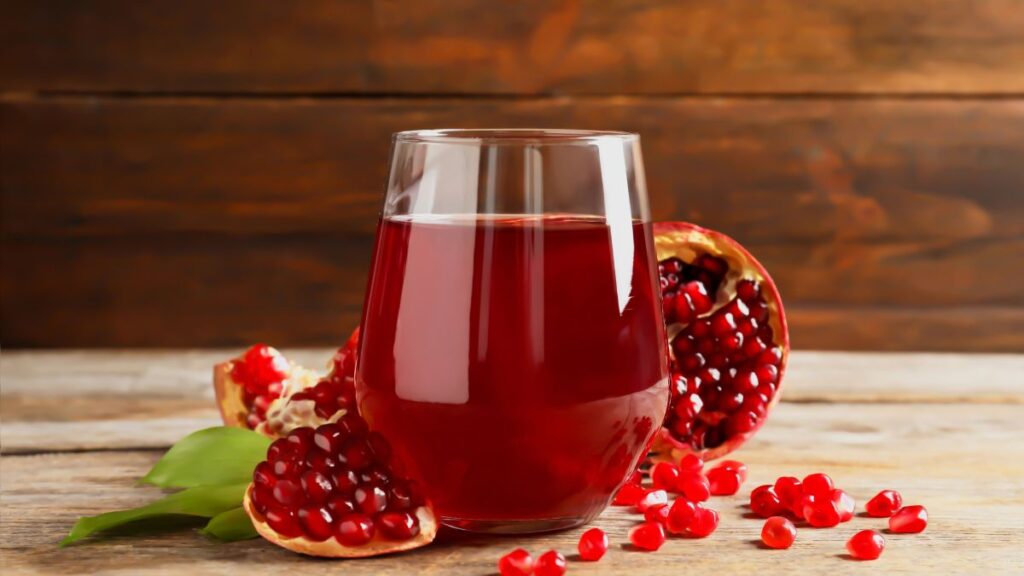
Pomegranate juice is marketed as a superfood for its high antioxidant content, but many products labeled as pomegranate juice are actually blends with cheaper juices like apple or grape.
These blends are sold at the same price as pure pomegranate juice but offer fewer health benefits. The color and flavor of fake pomegranate juice may seem similar, but the nutritional value is significantly reduced. Check the ingredients list to ensure you’re buying 100% pomegranate juice.
Caviar
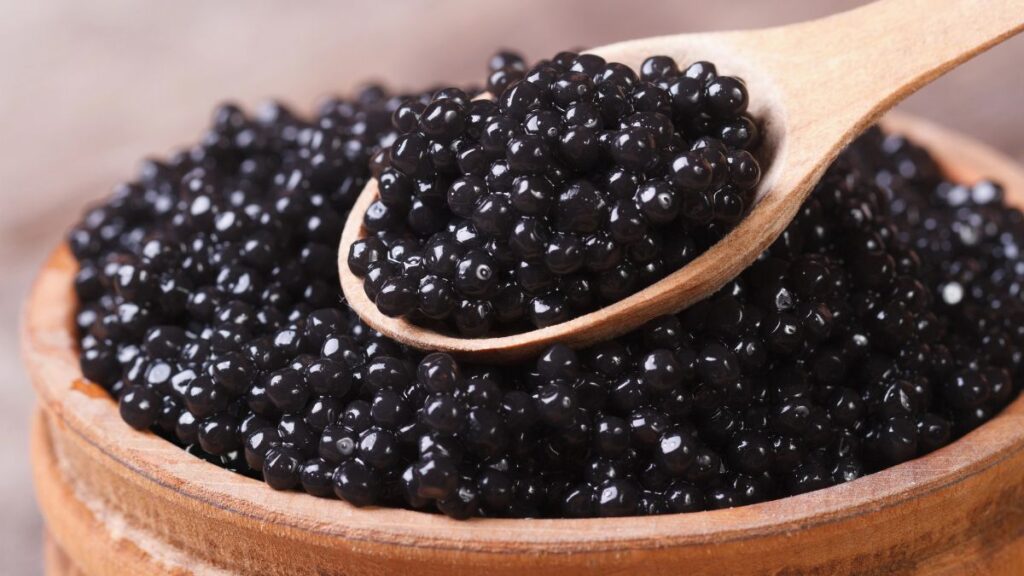
Caviar, or fish eggs, is a luxury food that is often faked due to its high price. Some producers sell lower-quality fish roe and label it as more expensive varieties like beluga or osetra caviar.
In other cases, completely artificial caviar made from gelatin is passed off as the real thing. Genuine caviar should have a distinctive taste and texture, and it’s important to buy from reputable sources to avoid counterfeit products.
Coffee
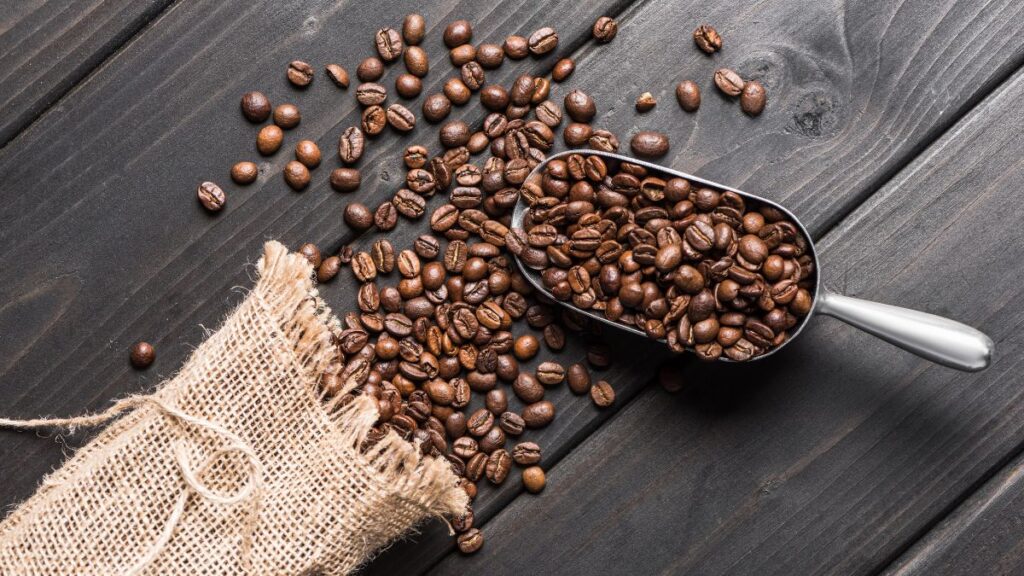
Coffee is one of the most consumed beverages worldwide, and it’s also frequently adulterated. Some producers mix coffee beans with cheaper, lower-quality beans or even fillers like roasted corn, chicory, or soybeans.
This reduces the quality of the coffee and can affect its flavor. In extreme cases, fake coffee may not even contain coffee at all. To avoid being scammed, opt for whole beans from reputable brands and grind them yourself.
Balsamic Vinegar
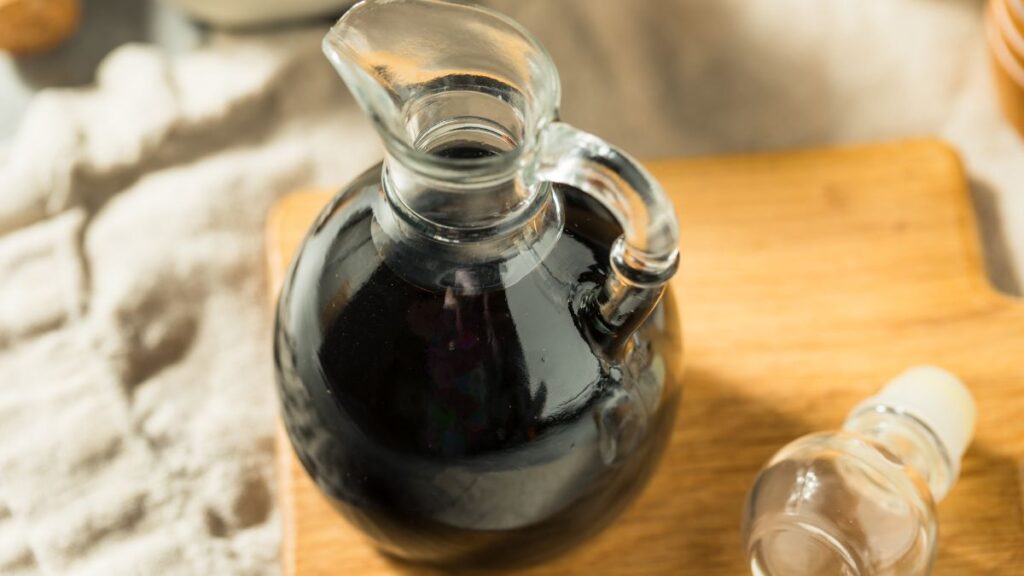
Real balsamic vinegar comes from Modena, Italy, and is aged for several years, giving it a rich and complex flavor. However, many “balsamic vinegars” sold in stores are simply red wine vinegar mixed with caramel coloring and sweeteners to mimic the taste.
These imitation products lack the depth of true balsamic vinegar. Look for labels that specify “Aceto Balsamico Tradizionale di Modena” and be wary of low-priced alternatives.
Oregano

Oregano is a common herb used in cooking, but some oregano sold in stores is mixed with other plants or even completely substituted with leaves from other species. Tests have found that a large percentage of dried oregano is actually a blend of herbs like olive leaves.
This fraud is difficult to detect without scientific analysis. To ensure you’re getting pure oregano, buy from trusted sources or grow your own herbs.
15 Places Where You’re Expected to Tip—But You Really Don’t Have To
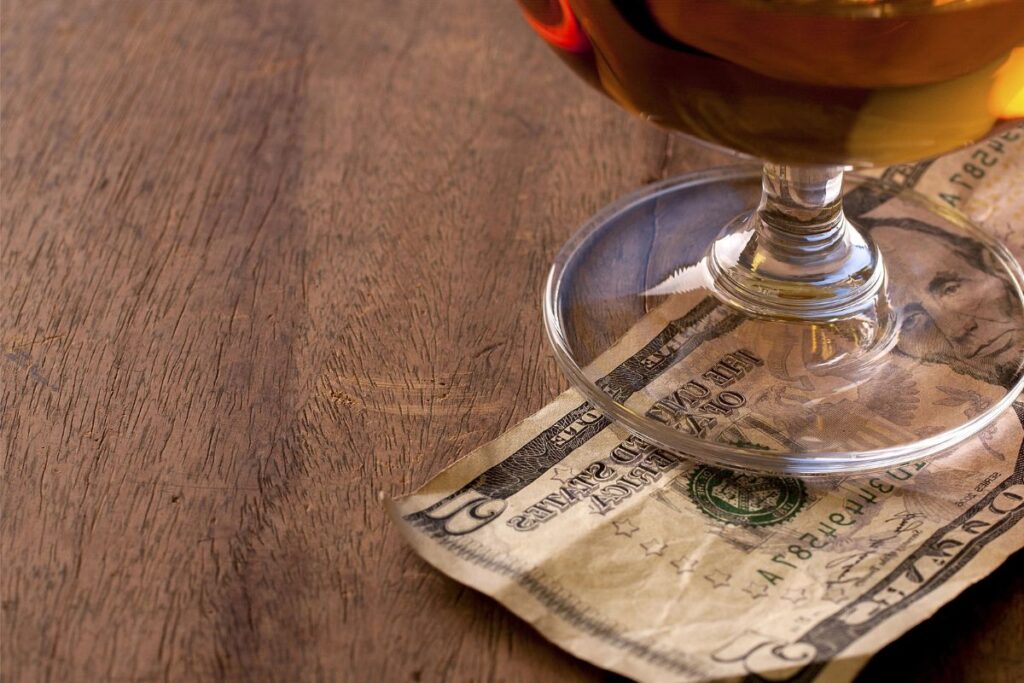
Tipping has become a widespread practice in many industries, with the expectation that you’ll leave a little extra for good service. However, not every situation truly warrants a tip, even if you feel pressured to give one.
15 Places Where You’re Expected to Tip—But You Really Don’t Have To
15 Most Annoying Habits of American Tourists When Dining Abroad

Traveling abroad is an exciting adventure, and dining in new places is a big part of the experience. However, some common behaviors by American tourists can be frustrating for locals and affect the dining experience.
15 Most Annoying Habits of American Tourists When Dining Abroad

